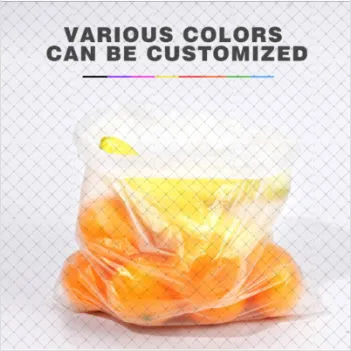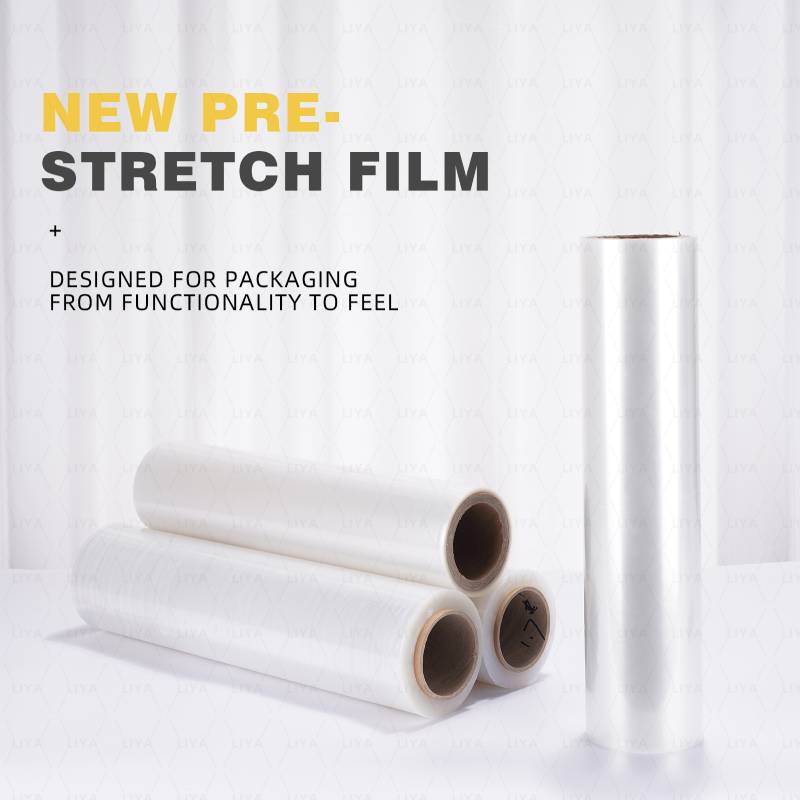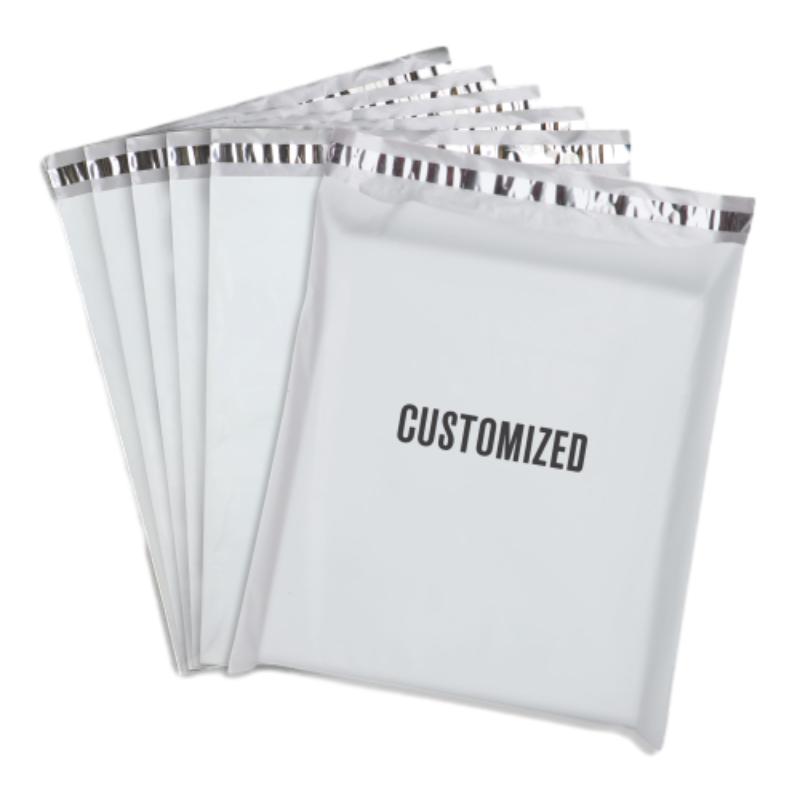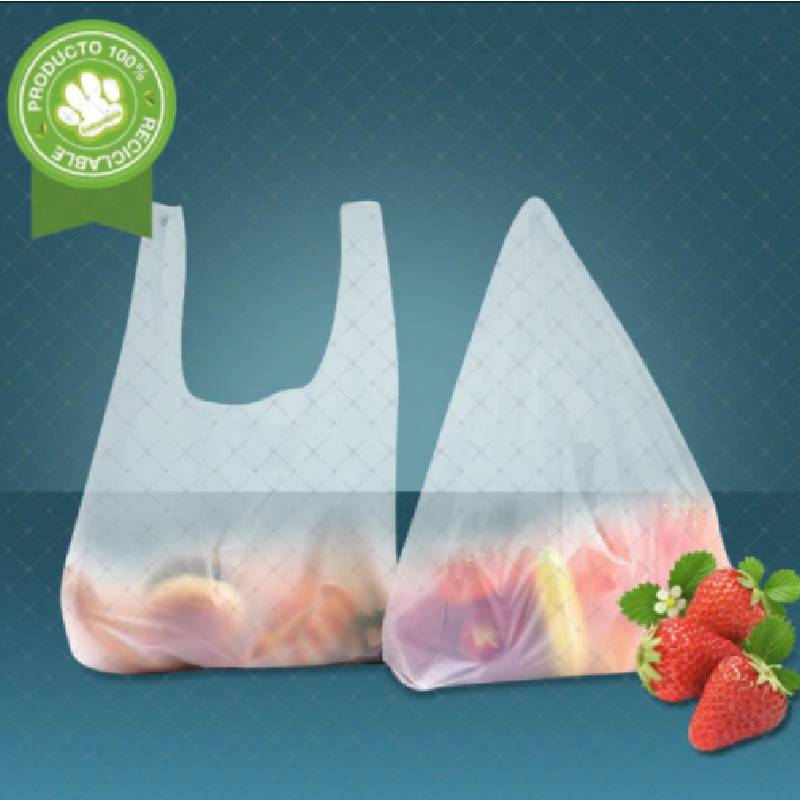High Quality PVC Shrink Label Film Durable Cast PVC Shrink Packaging Film
- Introduction to PVC Shrink Label Film: Market Overview and Key Terminologies
- Technical Advancements Shaping Shrink Label Films
- Comparative Analysis of Leading PVC Shrink Film Manufacturers
- Customization and Specialized Solutions in Shrink Film Applications
- Application Case Studies: Real-World Industry Implementations
- Environmental Considerations and Sustainability
- Conclusion: Shaping the Future with PVC Shrink Label Film

(pvc shrink label film)
Introduction to PVC Shrink Label Film: Market Overview and Key Terminologies
PVC shrink label film is a versatile packaging material renowned for its clarity, printability, and shrinkage properties. Demand for shrink label solutions has soared over the last decade, driven by the booming beverage, personal care, and food industries. According to a 2023 market analysis, the global shrink film market was valued at USD 3.2 billion, with PVC-based films accounting for over 40% of market share due to their economic viability and technical flexibility.
Understanding the core terminology is crucial: PVC shrink label film typically refers to polyvinyl chloride films configured for heat application, resulting in a tight, conformal wrap around containers or products. PVC shrink packaging film denotes the application of these films to encase, bundle, or label products, leveraging their excellent shrink ratios and robust mechanical properties. Another variant, known as cast PVC shrink film, is manufactured using a casting process, ensuring heightened clarity and gloss for premium packaging. The diversity in product grades caters to an array of industries demanding high-impact visuals and secure packaging.
Technical Advancements Shaping Shrink Label Films
Over the past few years, breakthrough innovations in PVC shrink technology have profoundly enhanced film performance and processing. Modern PVC shrink films are designed with advanced resins, offering controlled shrink percentages along the machine and transverse directions (MD/TD), often meeting shrinkage ratios between 45% and 65% upon proper heat exposure.
Enhanced gauge uniformity, made possible by precision extrusion and casting methods, is pivotal to minimizing distortion during shrinking. Digital surface treatment and corona discharge methods facilitate improved print adhesion, enabling multiple color options for high-graphic shrink sleeves. Flame-retardant and UV-blocking additives have yielded safer, longer-lasting films, extending shelf life and ensuring compliance with stringent safety codes. With the incorporation of anti-fog and anti-static properties, today's PVC shrink packaging film can address both aesthetic and functional requirements across demanding supply chains.
Statistical data shows that implementing next-generation shrink films has resulted in waste reductions up to 18% and print throughput improvements by 25%, directly impacting manufacturers’ bottom lines.
Comparative Analysis of Leading PVC Shrink Film Manufacturers
Selecting an appropriate PVC shrink label film supplier hinges on performance, reliability, and compliance. The following table encapsulates a comparative overview of prominent manufacturers, evaluating technical specifications, customization options, certifications, and typical lead times.
| Manufacturer | Shrinkage Ratio (TD/MD) | Minimum Thickness (μm) | Print Compatibility | Certifications | Lead Time (days) | Customization |
|---|---|---|---|---|---|---|
| Klöckner Pentaplast | 60/55% | 35 | Gravure, Flexo, Digital | FDA, REACH, RoHS | 14–21 | Extensive, including color matching and embossing |
| Clysar | 65/45% | 30 | Gravure, Flexo | FDA, ISO 9001 | 12–18 | Medium, with selective finishes |
| Bonset America Corp. | 58/50% | 38 | Flexo, Digital | ISO 9001, Halal | 10–14 | Limited, focused on standard formats |
| Dai Nippon Printing | 60/52% | 33 | Gravure, Flexo, Digital | FDA, BRC, SGS | 16–30 | Comprehensive, bespoke artwork & finishes |
The above data illustrates a range of technical strengths, with industry leaders offering advanced shrinkage control, high print fidelity, and a portfolio of compliance certifications. Fast response and customization depth are significant differentiators when integrating PVC shrink label films into tailored product lines.
Customization and Specialized Solutions in Shrink Film Applications
The move from standard to bespoke packaging is a defining market trend, and PVC shrink packaging films are at the forefront of this transformation. Customization encompasses film thickness, shrink ratios, roll widths, and finish types, directly addressing distinct container shapes and branding needs. Precise die-cutting and high-resolution printing techniques allow for seamless product integration, regardless of container complexity.
Specialized features, such as tamper-evident bands and micro-perforation, bolster product security and consumer confidence. In highly regulated sectors, such as pharmaceuticals and food & beverage, utilizing cast PVC shrink film provides a high-gloss finish that enhances on-shelf appeal while maintaining regulatory compliance. For brand owners pursuing differentiation, the ability to simulate metallic, matte, or holographic effects on shrink sleeves expands design possibilities. Some manufacturers even offer antimicrobial additives to extend packaged product freshness and safety.
According to a 2022 industry study, more than 63% of FMCG launches featuring customized shrink labels reported improved consumer engagement and up to 20% gains in shelf visibility.
Application Case Studies: Real-World Industry Implementations
The practical impacts of PVC shrink label film are best illustrated through application scenarios across diverse industries:
- Beverage Sector: A global beverage company transitioned to cast PVC shrink film for its new energy drink line, enhancing color vibrancy while reducing packaging material by 12%. The result was a 17% increase in shelf standout, measured by eye-tracking studies.
- Personal Care: A leading cosmetics brand used multi-layered, high-shrink labels for ergonomic container shapes. The switch improved tamper-evidence and led to a 32% growth in repeat purchase rates, driven by consumer trust and improved aesthetics.
- Food Industry: A dairy giant adopted antimicrobial PVC shrink sleeves, achieving a 22% extension in milk product shelf-life compared to conventional labeling. Post-launch analysis showed a reduction in spoilage claims by nearly 14%.
- Household Chemicals: A cleaning product line incorporated UV-resistant shrink films to safeguard against fading and product degradation, enabling nationwide distribution in diverse climates with a 10% cut in returns due to packaging damage.
Environmental Considerations and Sustainability
The environmental performance of shrink packaging is under rigorous scrutiny. With increasing regulatory pressure and consumer awareness, manufacturers are investing in eco-friendlier solutions. The recyclability of PVC shrink label film has improved with the development of non-chlorinated printing inks and adhesives, as well as post-consumer recyclate (PCR) content adoption. Cutting-edge manufacturing processes now support films engineered for enhanced delamination, promoting label removal and recycling at material recovery facilities.
Furthermore, film down-gauging—reducing thickness without sacrificing performance—has led to raw material usage drops by 16–20% in recent market introductions. Carbon footprint assessments suggest that optimized PVC shrink packaging film production methods have decreased greenhouse gas emissions by approximately 11% since 2020.
Companies are also piloting bio-based PVC alternatives and collaborating on closed-loop recycling systems. These innovations not only lessen environmental impact but also align brands with evolving global sustainability benchmarks.
Conclusion: Shaping the Future with PVC Shrink Label Film
PVC shrink label film has emerged as a linchpin in the modern packaging landscape, fusing high-performance, customization, and cost efficiency. Ongoing technological advancements, stringent regulatory standards, and consumer demands for both aesthetics and sustainability continue to redefine its trajectory. The continuing evolution of PVC shrink packaging film—incorporating features like recyclability, enhanced print strategy, and precision engineering—enables brands to safeguard products, inspire consumers, and tread lightly on the environment.
As adoption rates rise across industries, the importance of rigorous manufacturer comparisons and in-depth understanding of cast PVC shrink film properties cannot be overstated. Strategic investments in specialized solutions and valid sustainability initiatives will ensure that shrink label film remains at the forefront of innovation, addressing market demands today and setting new standards for tomorrow’s packaging.

(pvc shrink label film)
FAQS on pvc shrink label film
Q: What is PVC shrink label film?
A: PVC shrink label film is a type of packaging material commonly used for labeling bottles and containers. It shrinks tightly over the product when heat is applied, providing a secure and attractive finish. It is widely used in the beverage and cosmetics industries.Q: What are the main applications of PVC shrink packaging film?
A: PVC shrink packaging film is mainly used for labeling, tamper-evident seals, and bundling multiple products together. It offers strong protection and enhances product appearance. Its versatility makes it suitable for various industries.Q: How does cast PVC shrink film differ from regular PVC shrink film?
A: Cast PVC shrink film is produced using a casting process, offering improved clarity and uniform thickness compared to regular PVC shrink film. This results in better printability and a smoother finish. It is preferred for high-quality labeling applications.Q: Is PVC shrink label film safe for food and beverage packaging?
A: Yes, high-quality PVC shrink label film is designed to be safe for food and beverage packaging when used as intended. It complies with industry safety standards. Always check for certifications from your supplier.Q: What are the advantages of using PVC shrink label film?
A: PVC shrink label film provides excellent gloss, printability, and tamper-resistance. It's cost-effective and compatible with various container shapes. These benefits make it a popular choice for product branding and security.-
The Best Uses for Small Trash Bags in Daily LifeNewsJul.01,2025
-
Stylish Reusable Grocery Bags TrendsNewsJul.01,2025
-
Shipping Advantages of Using Bubble Envelopes BulkNewsJul.01,2025
-
How Compostable Mailing Bags Reduce Environmental ImpactNewsJul.01,2025
-
Environmentally - Friendly Bulk Poly MailersNewsJul.01,2025
-
Eco Friendly Custom Laminated Tote BagsNewsJul.01,2025
-
Have the freedom of customizing your custom mailers any way you want! Our dedicated packaging support will help deliver you the mailing experience you need to elevate your shipping experience to the next level! Start making a strong impression on your customers and stand out from your competitors! -
LIYA uses high quality raw materials which directly purchased from large enterprises domestic and overseas such as PetroChina, Sinopec, Sabic, Equate, ExxonMobil, Dow Chemical, Total, and Borouge, ensuring the price advantage and quality of the raw materials. -
LIYA uses high quality raw materials which directly purchased from large enterprises domestic and overseas such as PetroChina, Sinopec, Sabic, Equate, ExxonMobil, Dow Chemical, Total, and Borouge, ensuring the price advantage and quality of the raw materials.





